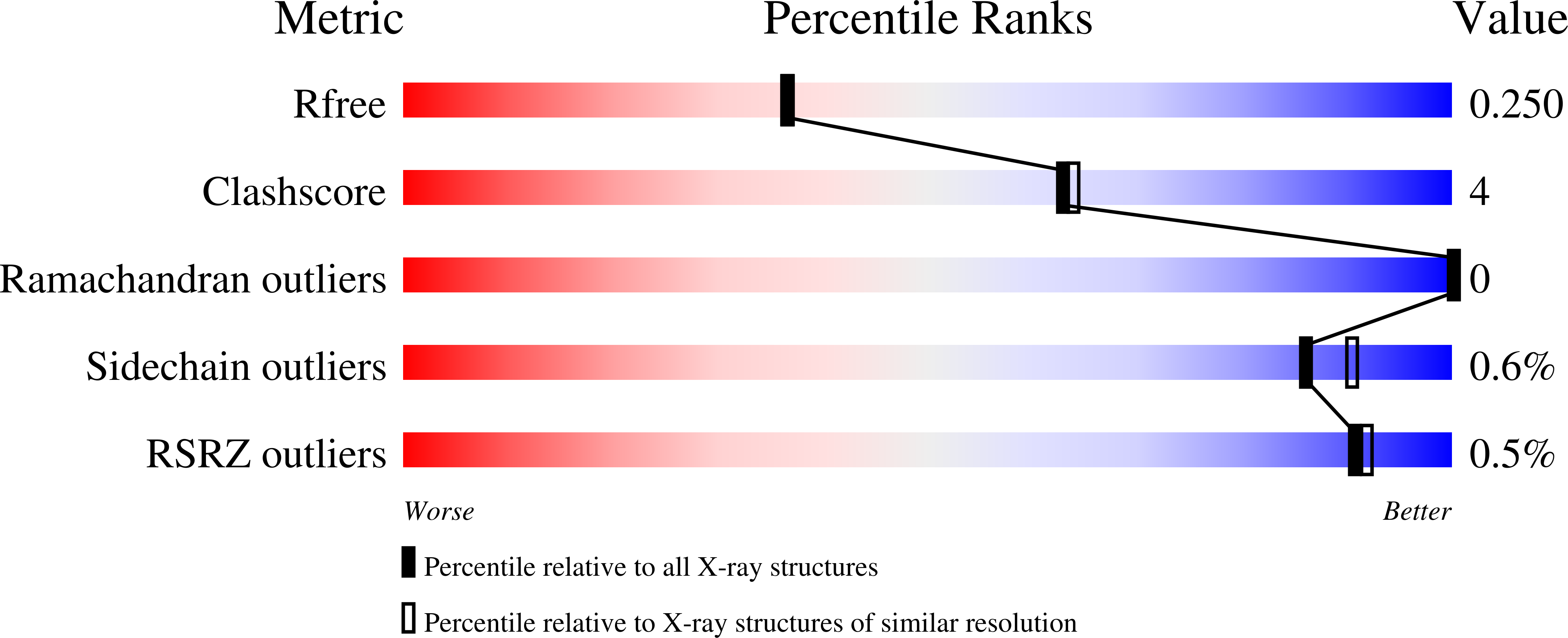
Deposition Date
2016-08-02
Release Date
2016-11-09
Last Version Date
2024-11-20
Entry Detail
PDB ID:
5L32
Keywords:
Title:
Crystal structure of the Zn-RIDC1 complex bearing six interfacial disulfide bonds
Biological Source:
Source Organism:
Escherichia coli (Taxon ID: 562)
Host Organism:
Method Details:
Experimental Method:
Resolution:
2.10 Å
R-Value Free:
0.24
R-Value Work:
0.21
R-Value Observed:
0.21
Space Group:
P 1 21 1


